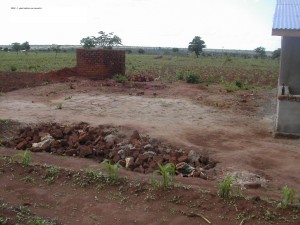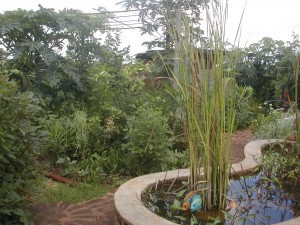The Red Soil Project: Our History
How did the Red Soil Project come to be?
Based on our experience on a recent trip to Uganda, it became quickly apparent that the effects of an insecure food supply had far reaching effects. Food prices were in daily fluctuation, hungry children were being sent home from school, there was a high rate of illness among the working poor and there were looming fears of seasonal famine.
Upon returning home, we began our investigation into several options for low cost food production ranging from inexpensive greenhouse design to drip irrigation systems, until we stumbled on the concept of permaculture. Through the power of Google we quickly learned that permaculture was making significant impacts in other countries as well as in our own backyard. The concepts were simple and successful – dusty fields were being returned to full productivity in as little as six months; deserts in Jordan were transformed into lush, fertile land. This was all with no chemicals or fertilizers, and required only the most basic equipment.


*photos from top left, Never Ending Food – one small plot before and 1year later
and Greening the Desert in Jordon
What happened next?
Motivated by seeing these successes, Liz, one of our directors, took the Permaculture Design Certificate (PDC) in Calgary, Alberta, Canada. The intent at the time was for the Red Soil Project to build a school in East Africa in order to deliver a hands-on internship in Permaculture aimed at developing local talent. These graduates would then go back to their villages to train the community at large.
However, during our many hours of internet research and meeting with many people in the permaculture network, we discovered that there were many other organizations teaching PDC’s in the twelve day intensive format. We also learned that there was a shortage of hands on experience during the training and often not much support for the students once the PDC was awarded.
Additionally, we came across several larger schools in East Africa that were working to develop more intensive permaculture training programs. It was at this point that our focus shifted from establishing a school to finding ways to support the existing system. We saw an opportunity to assist by providing more hands-on training and realized there was a huge amount of untapped potential in the existing PDC graduates. Our goal is to network and support these graduates through continual education, but also to help them establish permaculture training in their communities.

